Photos by Dezmond Remington.
A chainsaw symphony erupted from the hill, crawling with dozens of panting yellow-jacketed men and women working like termites to devour all plant matter straight up the face. They worked in lines a dozen long, slamming tank-like hoes into hard earth and sinewy brush, chopping up tree roots and casting everything underfoot and in the way aside. It was a full-frontal assault that, if it wasn’t a training exercise, would have ended by attempting to snuff out a wildfire with even more sweat and toil.
For the last three days, 19 fire crews from Humboldt, Mendocino and Del Norte counties have been testing their readiness for the upcoming fire season on a steep, densely wooded chunk of private property a few miles from Redway. Ten are Cal Fire crews, six are from the California Department of Corrections and Rehabilitation, two are Civilian Conservation Corps, and one is a California Military Department crew. About 230 firefighters went through the exercises, the 17th year the Redwood Coast Fire Preparedness Exercises have been held.
Firefighter crews complete several tests to judge how prepared they are for the fire season. Each 12-person crew must walk three and a half miles up a 1,200 foot hill while wearing all 40-50 pounds of their gear in less than 70 minutes. They then have to chop fire lines up another, even steeper hill through a dense forest. The lines have to be free of debris and major stumbling blocks, and firefighters are evaluated on factors like how spaced out they are while they hack away and how well they work together.
It’s an important part of the process to get firefighters ready for the incredibly strenuous work integral to wildland firefighting, and usually the prep work is just as hard as the actual ordeal. It was over 90 degrees during last year’s readiness exercises, though yesterday it barely cracked 60. According to Cal Fire battalion chief Jeremy Ward, besides simply testing their fitness, these preparedness exercises help keep firefighters safer and aware of threats while they’re battling actual blazes.
Various higher-ups stood and watched the “hand crews”, as the chainsaw- and hoe-wielding firefighters are called, create their fire lines. They compared the merits of having a full pot of hot coffee ready at all times of day in the camp kitchen and joked about how difficult it could sometimes be to parse Cal Fire’s driving instructions (“‘Take the driveway with the gate on it,’ I once got told,” said one experienced firefighter. “I’m driving [Highway] 299 at night. Every driveway has a gate on it!”), but one topic that came up over and over again was the increasing length of the fire season. When battalion chief Shane Lamkin started working with Cal Fire in the late ‘90s, the seasonal workers that make up the bulk of their reserves were lucky if they worked five months out of the year. Now, most crews could easily work for nine and might work even more if there’s an emergency.
“It’s almost year-round now,” Lamkin said. “Remember [Pacific] Palisades? In January? It’s crazy.”
Though many senior firefighters are hopeful that might change eventually, they’re hedging their bets by trying to make all of their crews as hardy as possible, an effort that shows in the thousand-yard stares of the dozens of people lugging huge loads of tools and safety gear up the mountain, powering up vile terrain for a chance to slam some Gatorade and chew a few Clif Bloks.
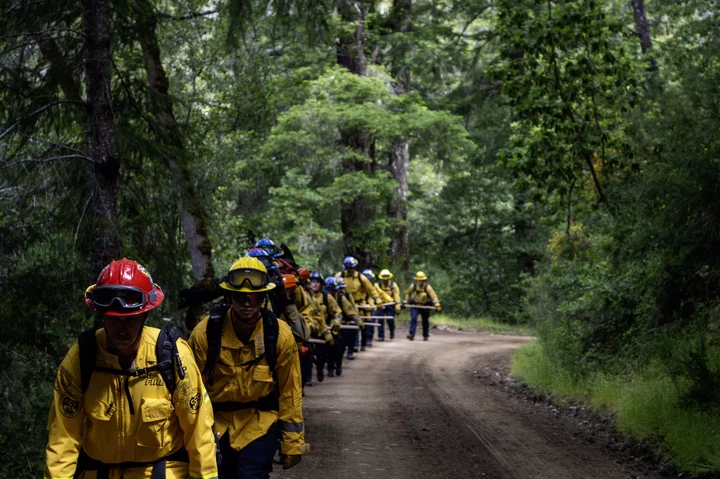
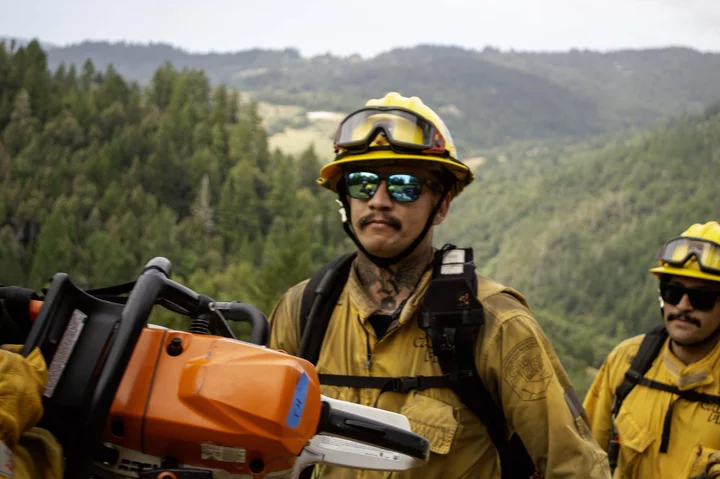
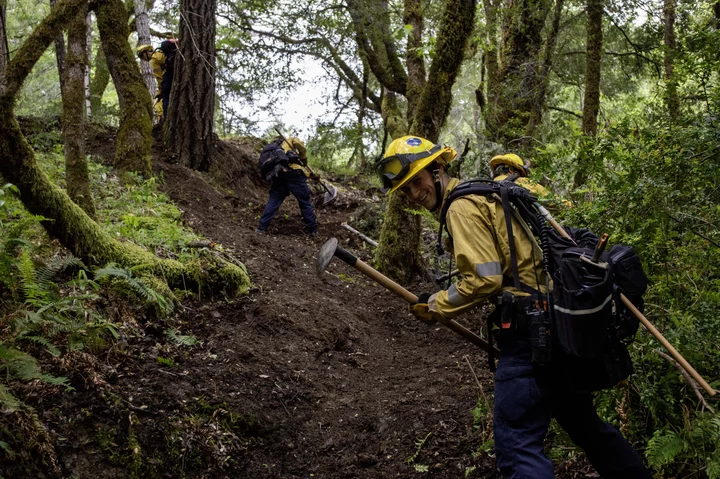

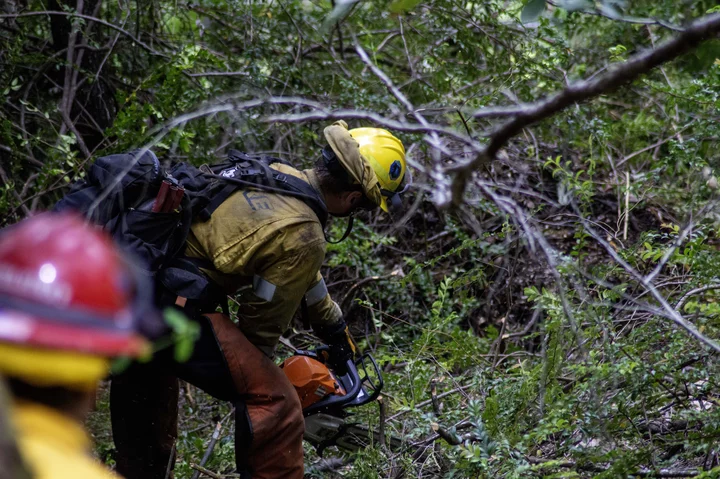
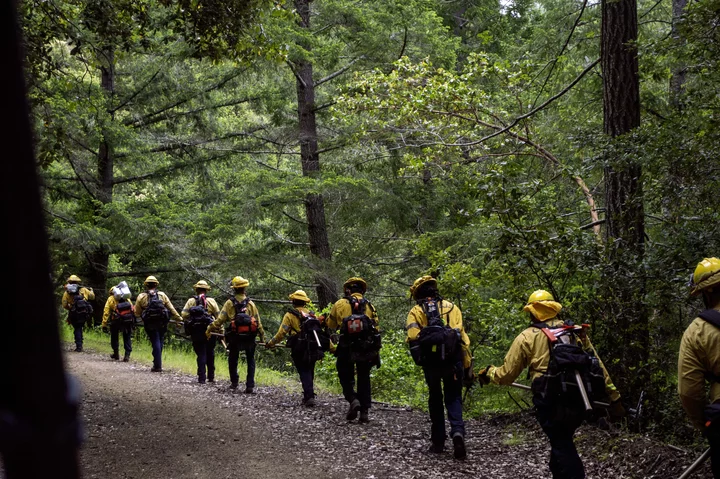
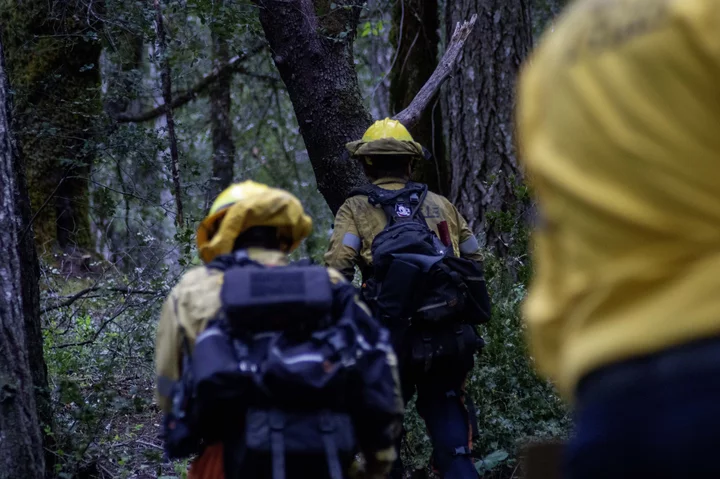
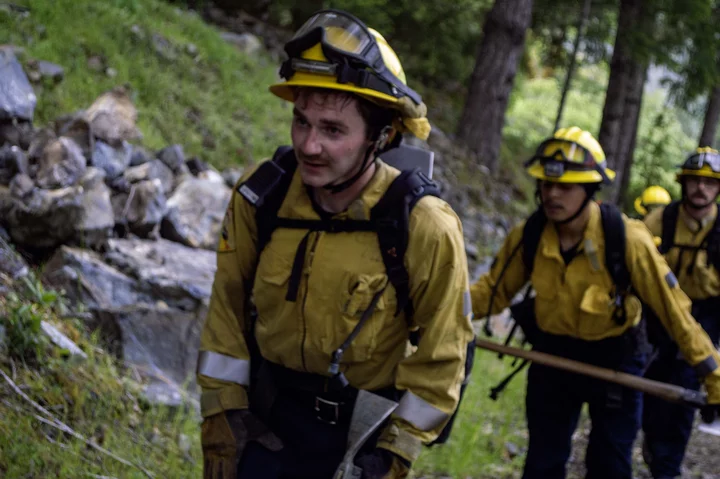
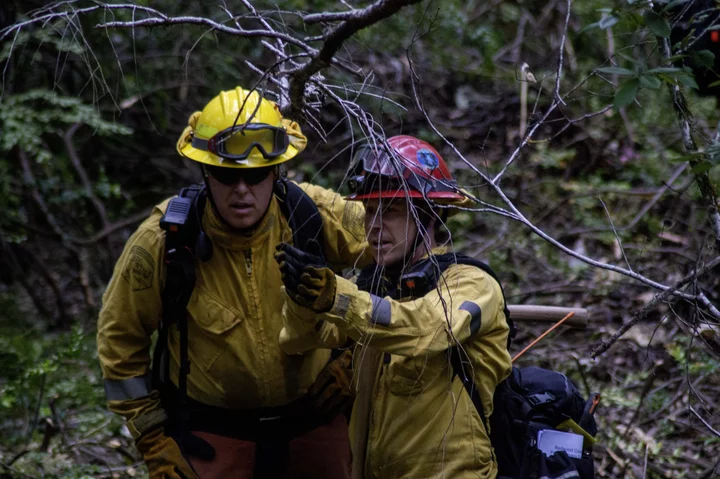
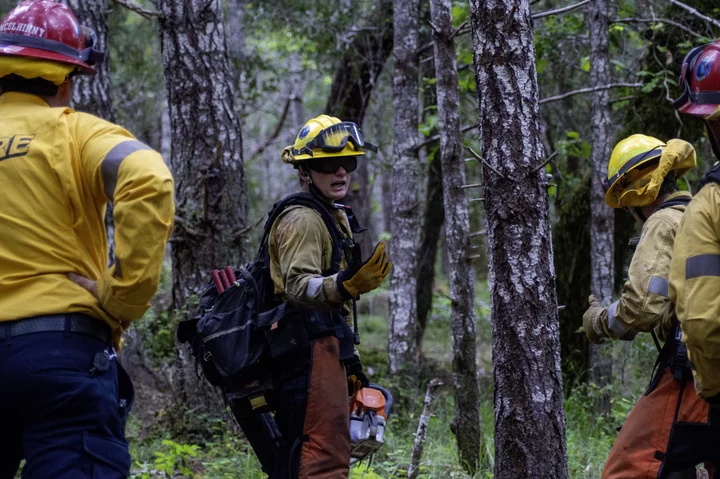
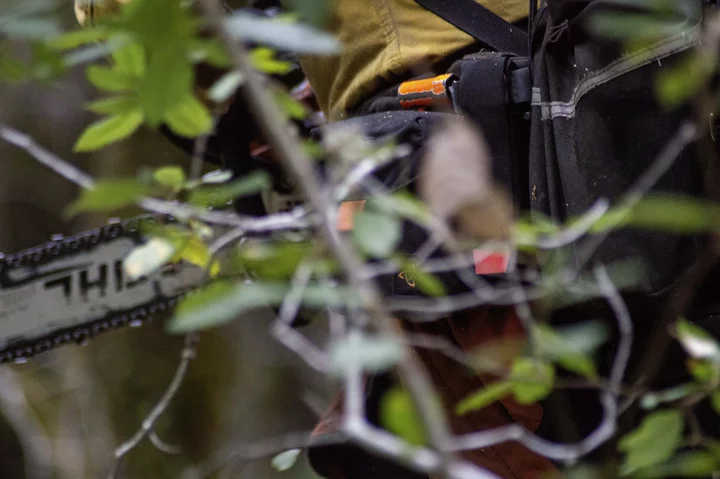
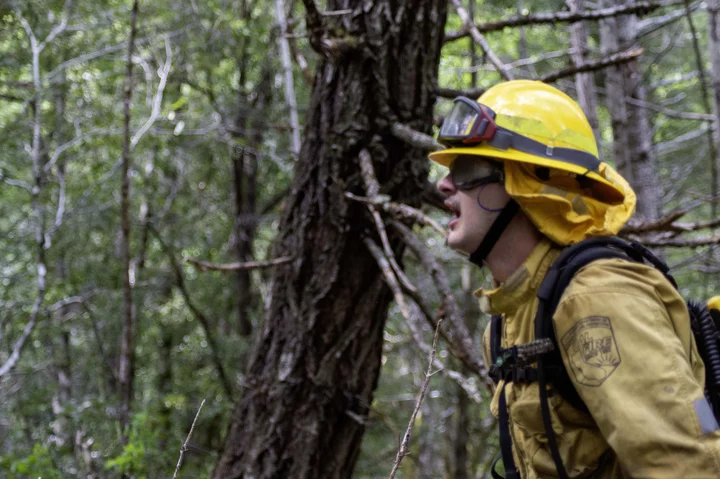
CLICK TO MANAGE